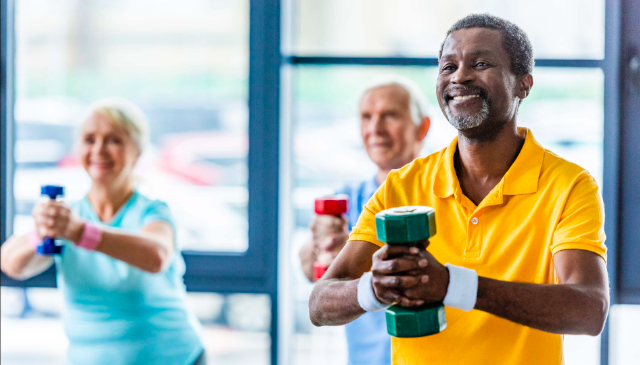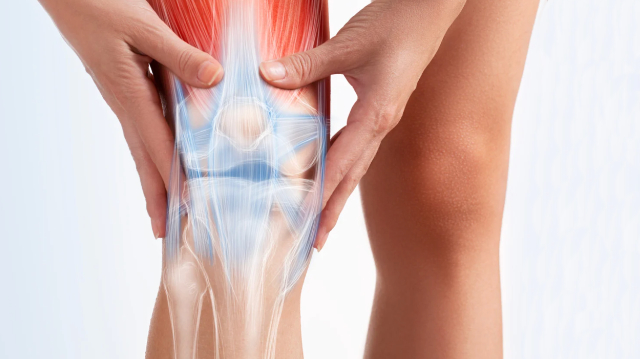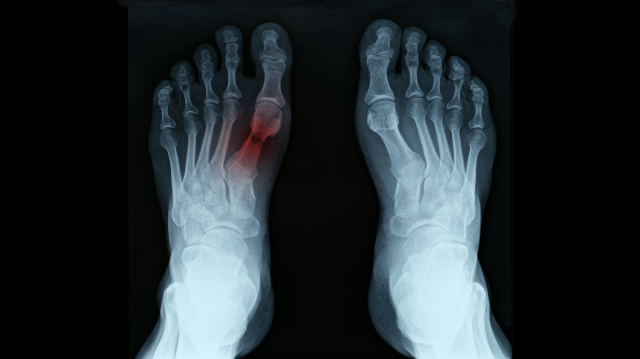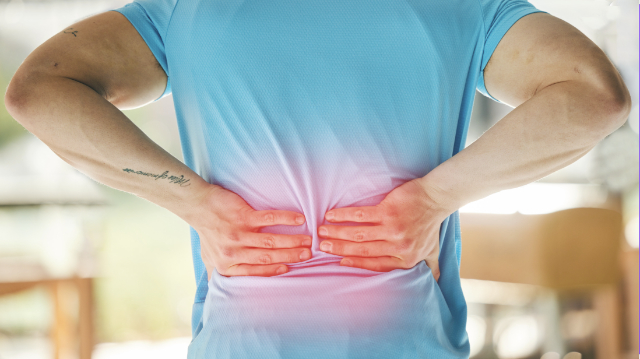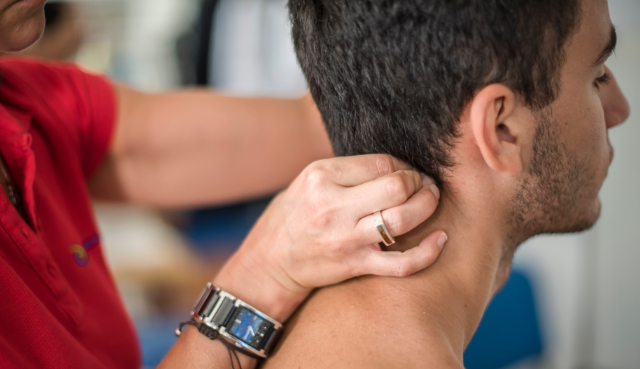
Neck pain is a prevalent condition that significantly impacts quality of life. Manual therapy (MT) and oral pain medications are common treatments. A recent systematic review and meta–analysis explored the effectiveness and safety of these interventions, providing valuable insights for managing neck pain.
Background on Neck Pain and Treatments
Neck pain affects a large portion of the population, often leading to chronic discomfort and disability. Common treatments include:
- Oral Pain Medications: Such as NSAIDs, acetaminophen, and opioids.
- Manual Therapy (MT): Includes techniques like joint mobilization, manipulation, and soft tissue massage.
The review aimed to compare these treatments in terms of effectiveness and safety.
Manual Therapy: An Overview
Manual therapy encompasses a range of techniques used to relieve pain and improve function. These include:
- Joint Mobilization: Gentle, repetitive movements of the joints to improve range of motion and reduce stiffness.
- Manipulation: A more forceful technique often involving a quick thrust to restore joint function.
- Soft Tissue Massage: Techniques to relax muscles, improve circulation, and alleviate pain.
MT is believed to work by improving the mobility of the spine, reducing muscle tension, and enhancing blood flow to the affected areas. These effects can contribute to pain relief and improved function.
Findings from the Systematic Review and Meta–Analysis
The review included nine trials with 779 participants, providing a comprehensive analysis of MT versus oral medications.
Effectiveness:
- Short–term Pain Reduction: MT was found to be more effective than oral pain medications in reducing pain in the short term. Participants reported significant pain relief immediately following MT sessions.
- Long–term Pain Reduction: MT also showed greater effectiveness in long–term pain reduction compared to oral medications. Sustained pain relief was observed for weeks to months after treatment.
Safety:
- Adverse Events (AEs): MT had a lower risk of adverse events compared to oral medications. Common side effects of MT were mild and included temporary soreness and stiffness.
- Serious Adverse Events (SAEs): The risk of serious adverse events was also lower for MT. In contrast, oral medications, particularly NSAIDs and opioids, carry risks such as gastrointestinal issues, dependency, and cardiovascular problems.
Advantages of Manual Therapy
MT offers several advantages over oral pain medications, making it an appealing option for many patients:
- Non–Pharmacological: MT provides pain relief without the need for medications, reducing the risk of drug–related side effects and dependency.
- Holistic Approach: MT often addresses multiple aspects of musculoskeletal health, including joint function, muscle tension, and posture.
- Personalized Treatment: MT can be tailored to the individual needs of each patient, allowing for a more customized and effective treatment plan.
Challenges and Considerations
Despite its benefits, there are some challenges and considerations to keep in mind when using MT for neck pain:
- Availability and Access: Access to skilled manual therapists can be limited, especially in rural or underserved areas.
- Cost: MT sessions can be expensive, and insurance coverage may vary. Patients may need to consider the cost of long–term treatment.
- Variability in Techniques: The effectiveness of MT can vary depending on the therapist’s skill and the specific techniques used. It is important to find a qualified and experienced therapist.
In Summary:
This review highlights the advantages of manual therapy over oral pain medications for treating neck pain. By reducing pain more effectively and presenting fewer adverse events, MT offers a promising alternative for long–term management of neck pain. Incorporating MT into treatment plans could enhance patient outcomes and reduce reliance on medications.
For more detailed information, you can refer to the full study here.
Contact Us: For more information about manual therapy for neck pain and how our physical rehab specialists can help, please contact our practice.


